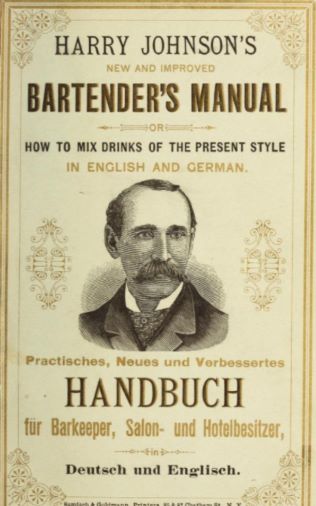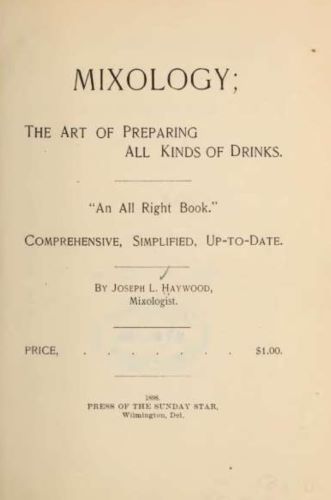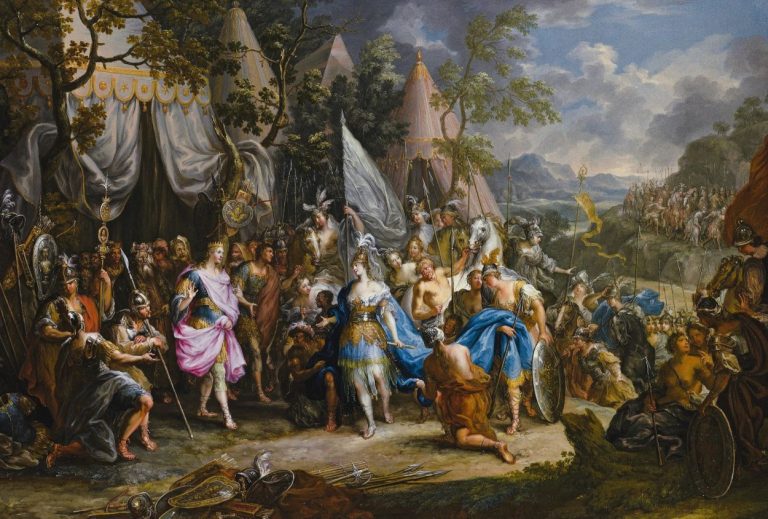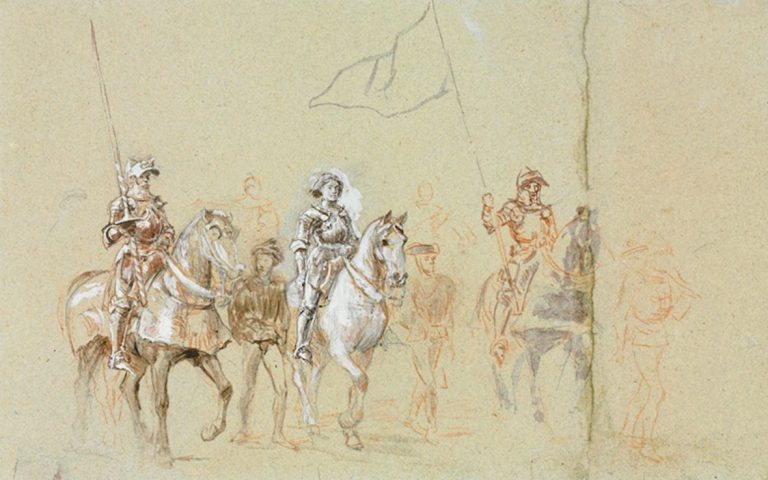

During this era, bourbon, rum and gin were the staples of the barman’s trade.

By Neely Tucker
Writer/Editor, Office of Communications
Library of Congress
There are many methods of carrying out social anthropology research on times past. You might study demographic and economic charts, read newspapers of the era or consult bestseller lists of books and music.
Or you might check the liquor cabinet.
“American Mixology: Recipe Books from the Pre-Prohibition Era,” a delightfully curated research guide of bartender manuals published from 1869 to 1911, presents a cross section of pre-Prohibition cocktail culture in America.

These books are available online, so if you’re of legal age, you can shake up a Champagne Cobbler or Knickerbocker Punch and party like it’s 1869. Both of those drinks are from “Haney’s Steward & Barkeeper’s Manual.”
The cocktail was the drink of sophisticates who wanted something more upscale than beer and less intoxicating than 100-proof rotgut.
Ergo, the need for a top-shelf barman to know his trade, to know how to combine alcoholic and nonalcoholic beverages to create a uniquely satisfying choice. Your shelf needed wines, whiskeys, liqueurs, champagnes, cognacs, bitters, syrups, juices, jiggers, garnishes, ices, zests, mixers, modifiers, muddlers, sodas, seltzers, strainers, swizzle sticks, a shaker and, of course, the proper wardrobe: a long white apron and, for the summer, a white linen coat.
During this era, bourbon, rum and gin were the staples of the barman’s trade. Vodka and tequila were rare. Trendy drinks had colorful names — you could sip shrubs, flips, smashes, toddies and dozens of punches, including those made of parsnips.

In 1898, Joseph Haywood published “Mixology: The Art of Preparing All Kinds of Drinks.” It was intended for the upscale set, and Haywood made no bones about it. He saw cocktails as an American art form.
“We, the people of these United States,” he wrote in the introduction, “have more or less penchant for having our drinks mixed; hence, ‘Mixology.’ … The mixologist who concocts his beverages in a tasteful and artistic manner is a genuine public benefactor, providing he uses wholesome ingredients in the compounding thereof.”
More than a century later, any good bartender would agree.
Originally published by Library of Congress Magazine 11:5 (September-October 2022, 4) to the public domain.


